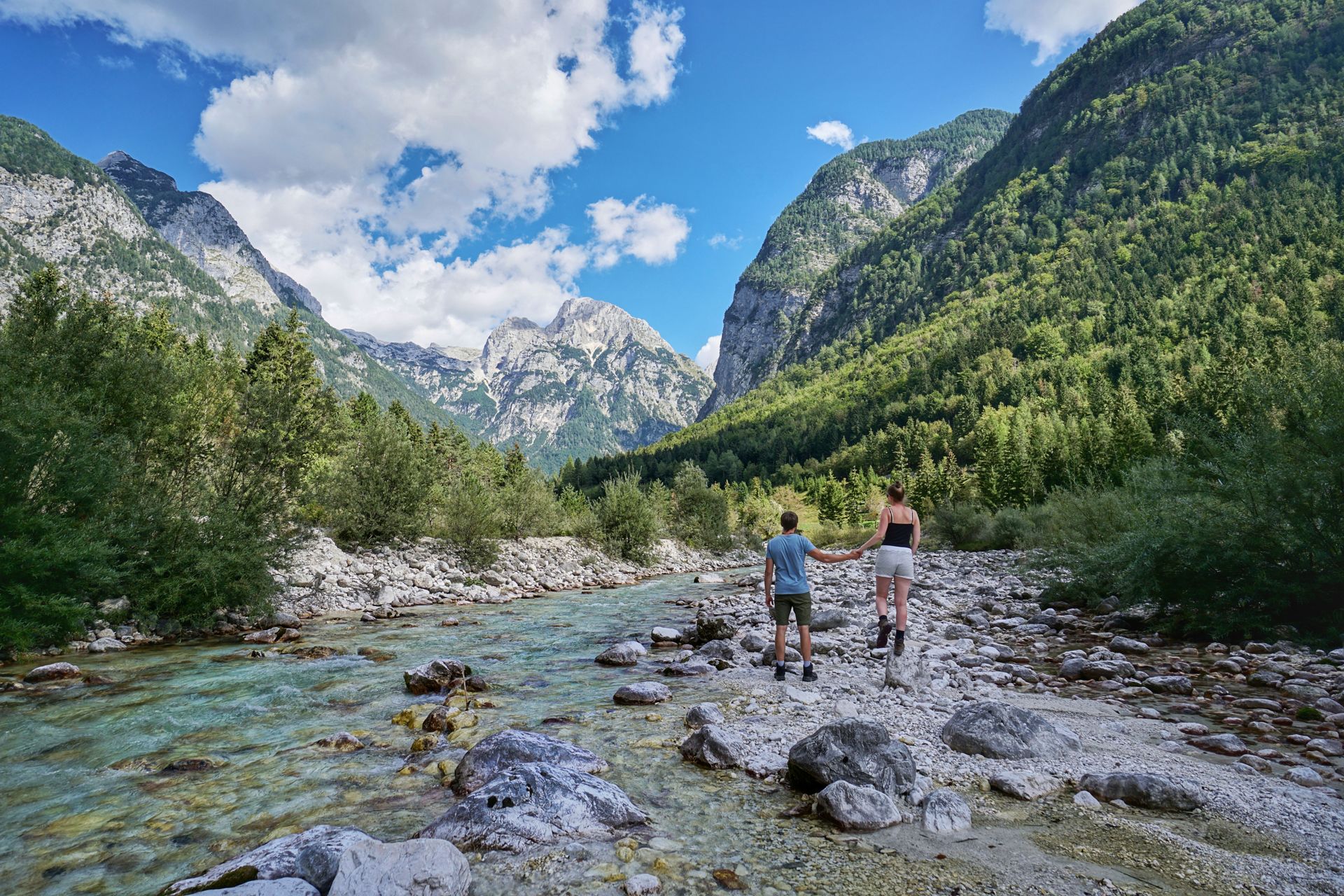7. Stop: Indonesia, Part 1: Bali
Pubblicato: 08.07.2019
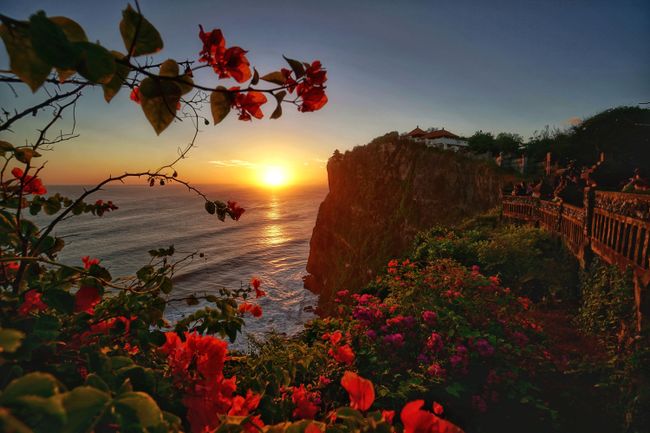

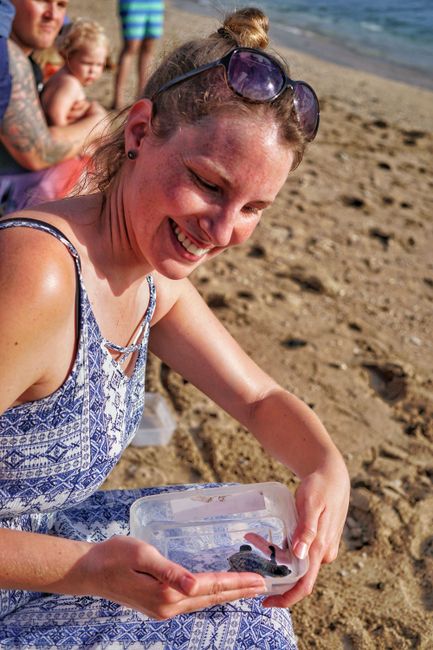

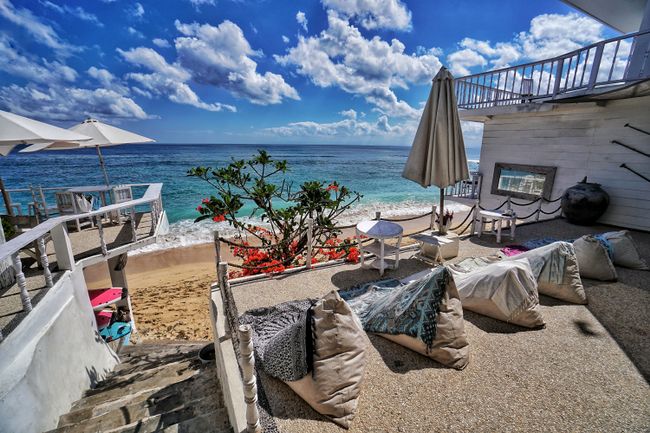
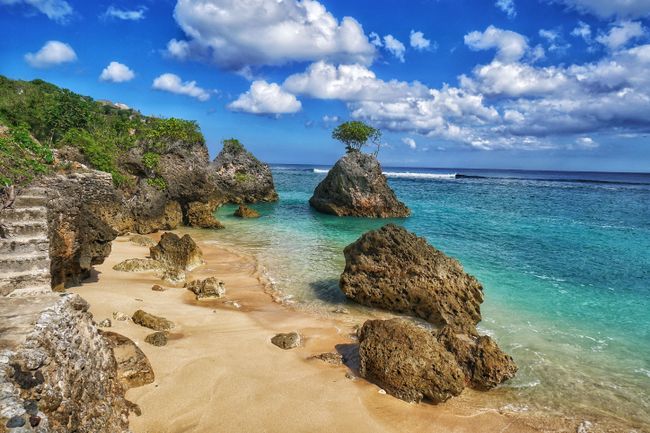
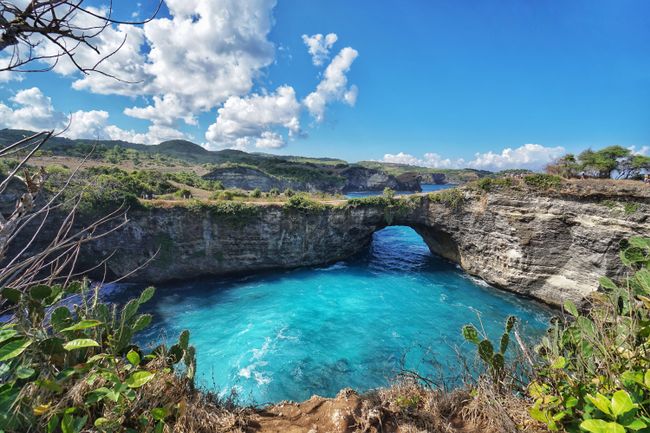
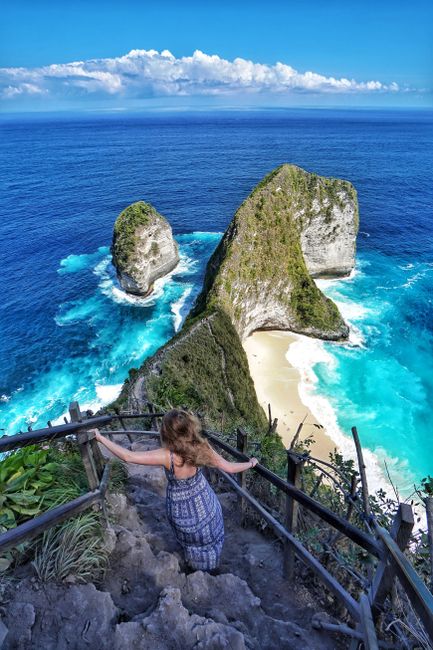
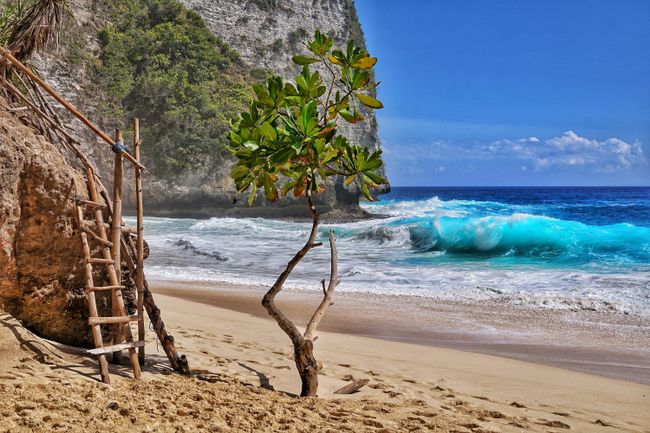
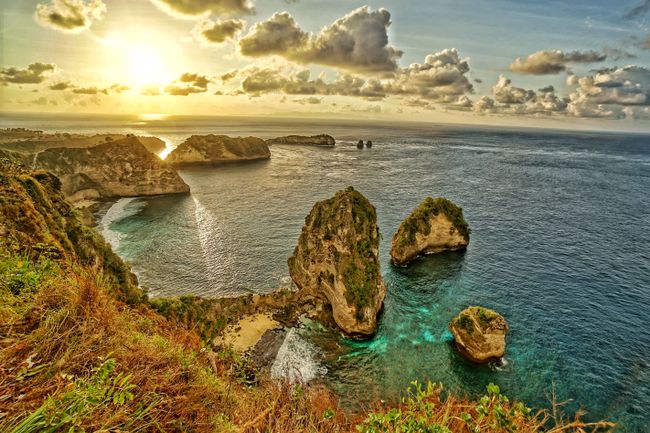
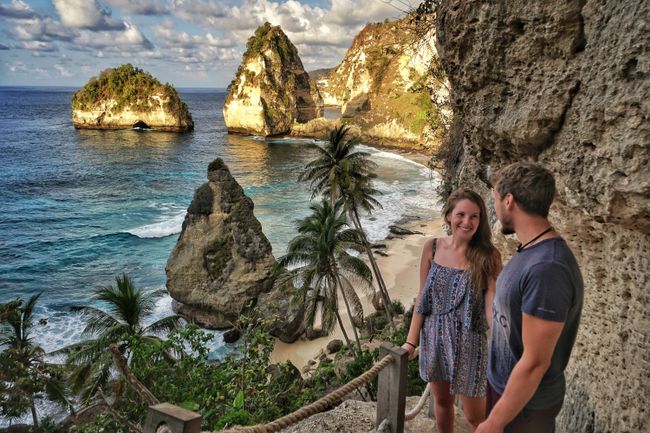

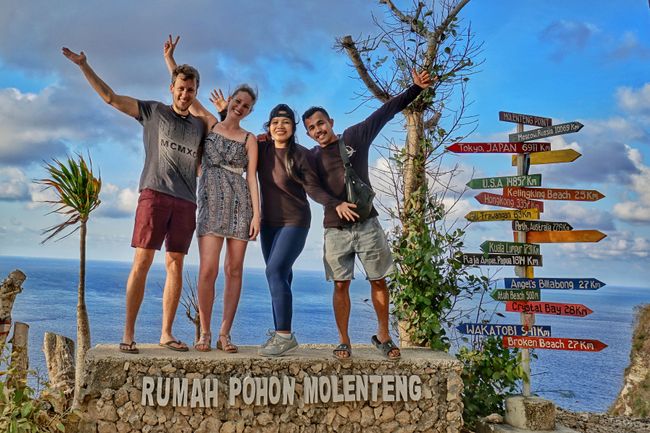
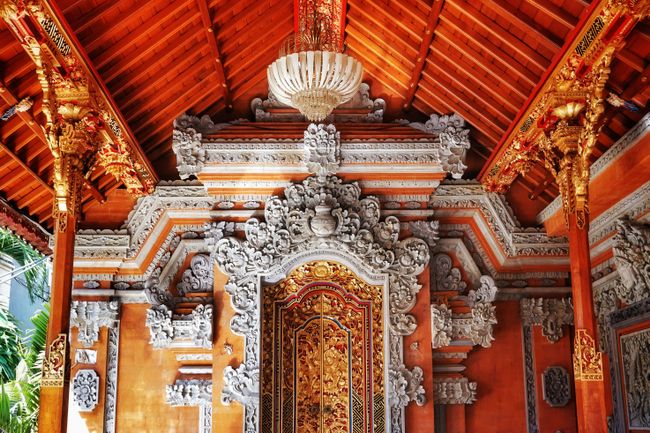
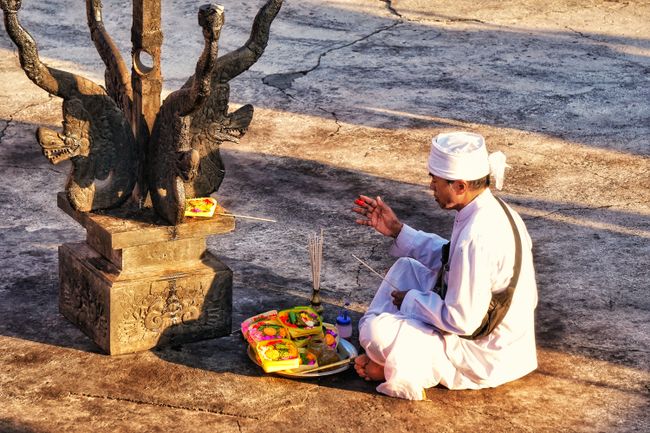
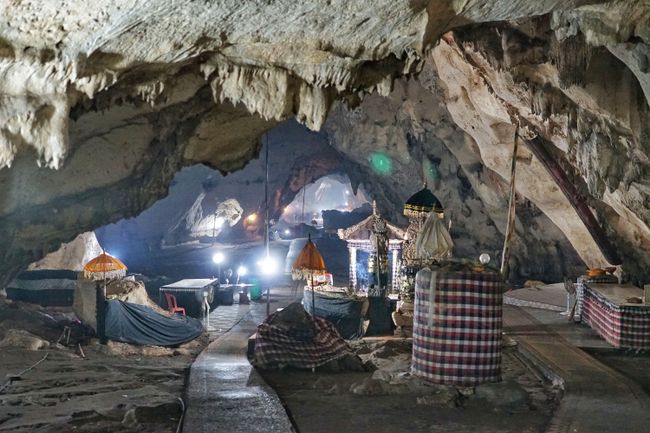
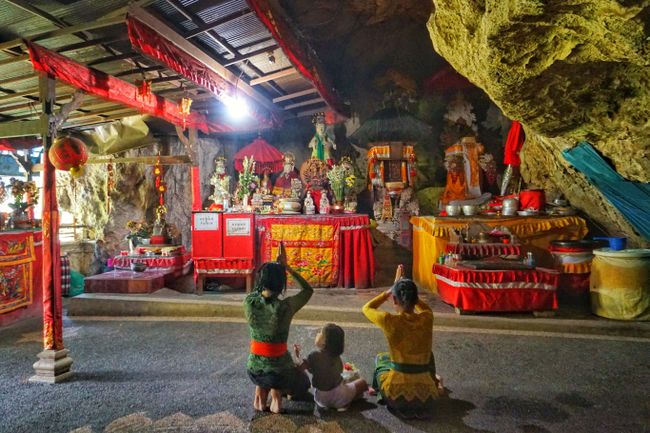
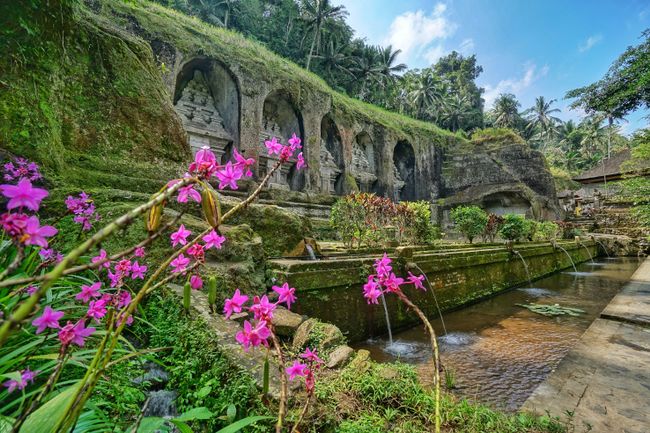
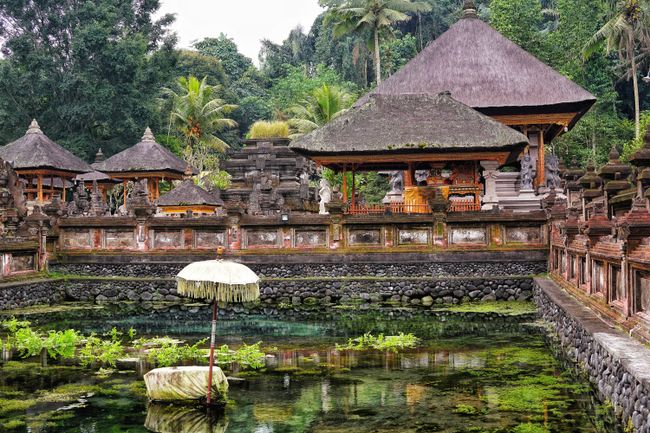
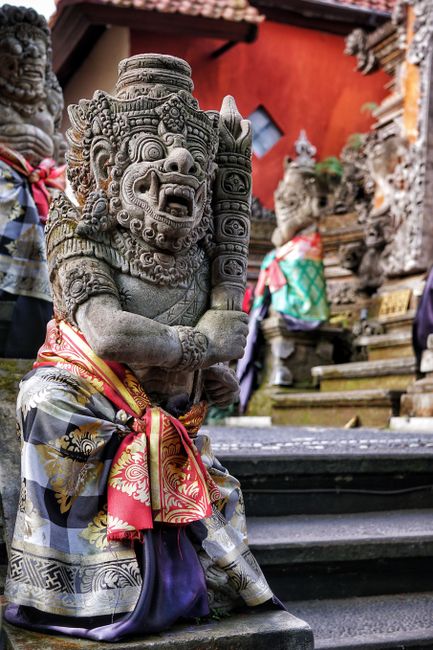
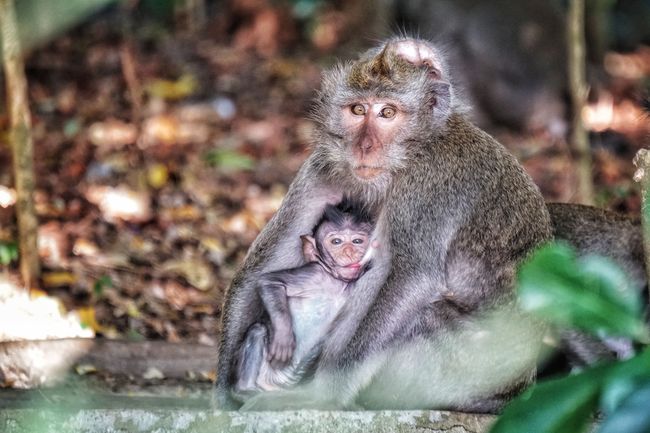
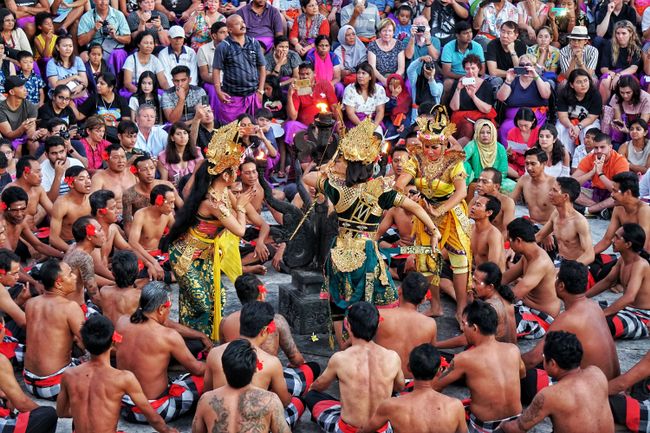
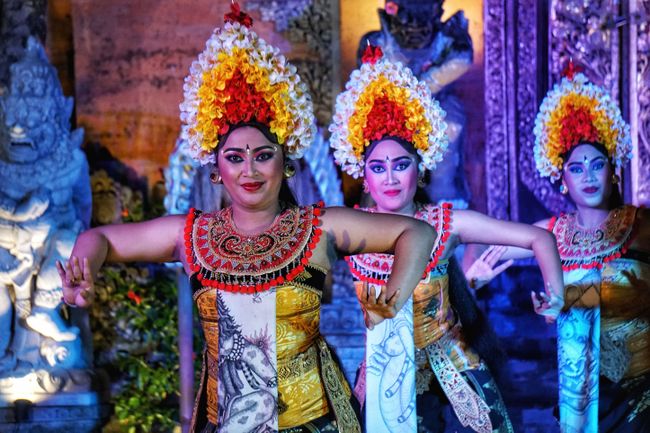
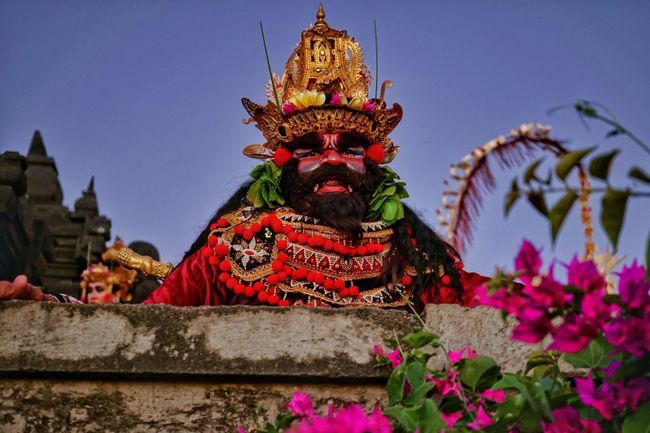
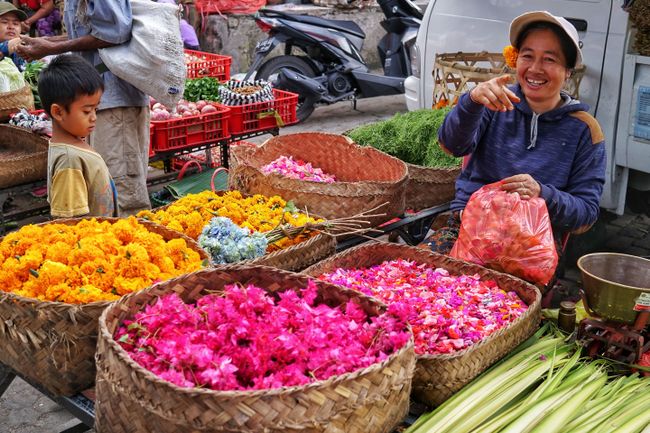
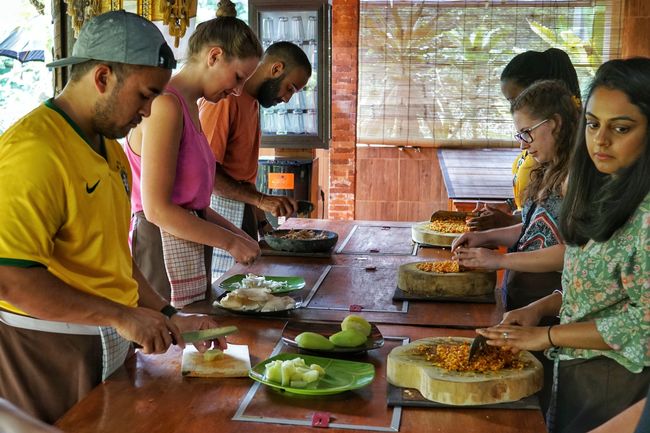
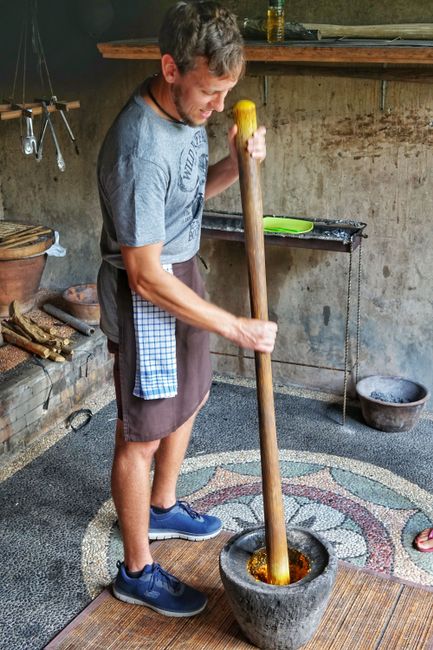
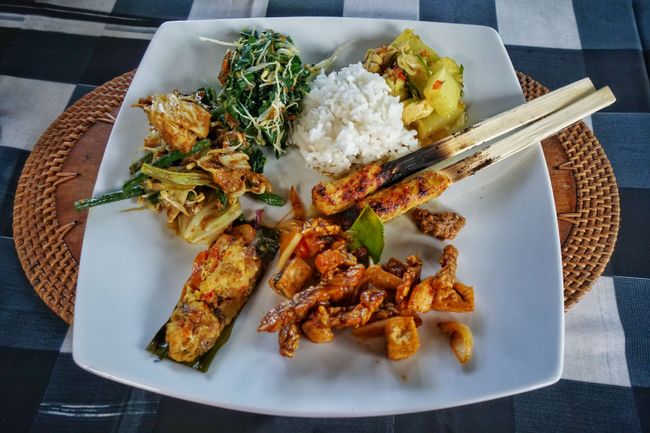
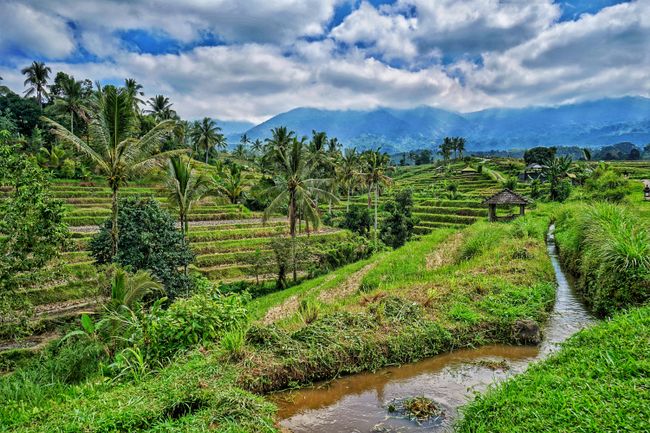

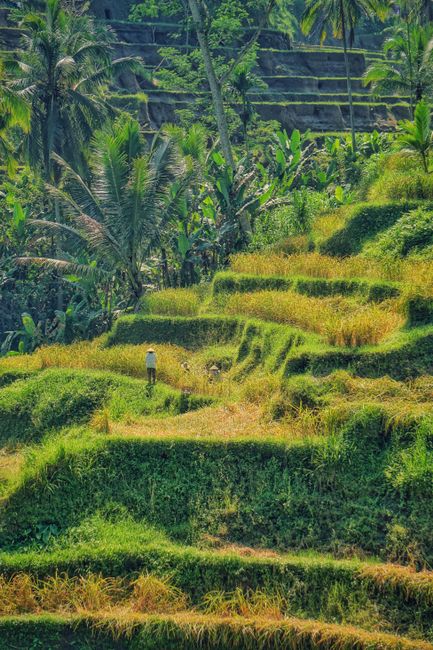

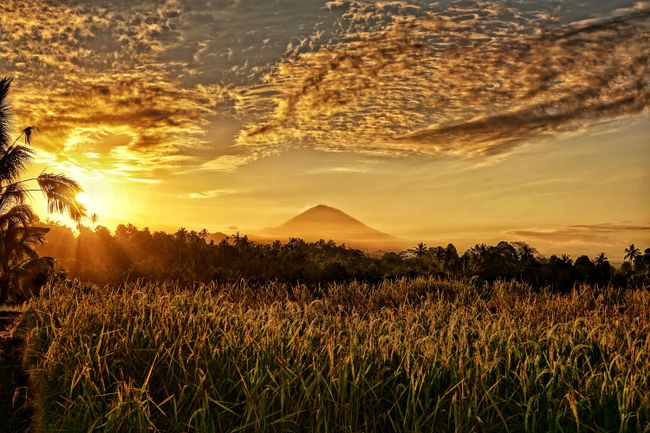
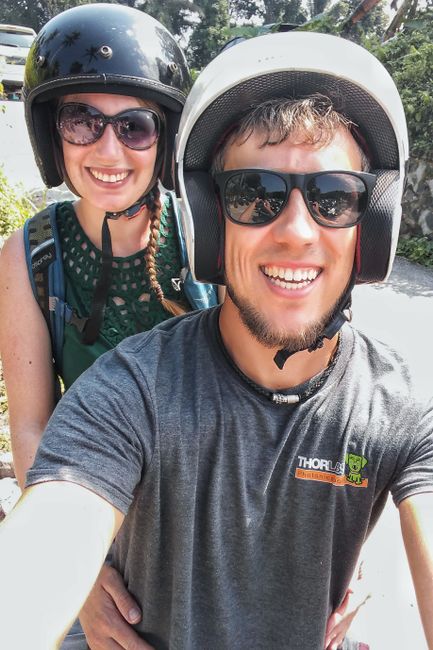
Iscriviti alla Newsletter
Here and now our Southeast Asia adventure begins: In Bali, Indonesia. For our very first time in Asia, we have chosen Bali for a light and gentle start to a completely unfamiliar culture. Bali is probably one of the most popular destinations for Western tourists and is therefore well equipped to accommodate our habits and peculiarities. What, you want a proper toilet? What do you mean the food should not be spicy? And you don't like to be bothered by taxi drivers and sellers? Funny, these Westerners. But in Bali, none of this is a problem, because the masses of our tourist predecessors have ensured that the Balinese are perfect hosts. Of course, a significant reason for this hospitality is their religion, as the Balinese are predominantly Hindus, but more on that later.
Our first impression at the airport in Kuta: Wow, Balinese people are polite, almost fearful. Taxi drivers at the airport half-heartedly offer their services, but if you say "no", they become very shy and immediately engage in conversation with their colleagues. At our accommodation, a cheerful employee awaits us at 2 o'clock in the morning, serving us a welcome drink and carrying our luggage. If we were in his place at such an hour, we might just manage to say "hello" and hand over the room key. And those were just the first few minutes in Bali, but we can already say: Balinese people are great!
By the way, the currency in Bali is also great: Here, we are millionaires! And everything is super cheap compared to Western standards. You can already get a nice bungalow with a pool and a well-kept garden for about €30 per night, and when dining out, you will never exceed €10 for two people.

So, what do you actually do in Bali besides enjoying the hospitality and affordable prices? Bali is one of more than 17,000 islands that make up Indonesia. It is 5,780 square kilometers in size and home to 4.2 million people, 92% of whom are Hindus. This brings us to the most popular activities in Bali:
1. Visit beaches, which is logical on an island
2. Explore temple complexes, as Hindus love temples and have built more than 10,000 of them on Bali alone
3. Stroll through rice terraces, because somewhere the food for so many people has to come from (and rice is served with every meal, even for breakfast)
Our first experience with beaches was directly in Kuta, our arrival point. Unfortunately, beaches right next to big cities are rarely beautiful, and if there is also no proper garbage disposal system, the beach often looks more like a landfill than an island paradise. Therefore, we had to find something that could reverse this not-so-positive impression, and we came across a very special opportunity. On Kuta Beach, an animal welfare organization releases baby turtles back into freedom almost daily. Since many turtle species are endangered in Bali, the organization members collect the eggs of wild turtles, incubate them in safety from predators and humans, and then help the little ones find their way to the sea. Anyone who wants to can help and carry a turtle to the sea, place it in the sand, and watch it crawl into the water. A truly beautiful experience that once again makes us aware of how fragile and worth protecting our animal world is.
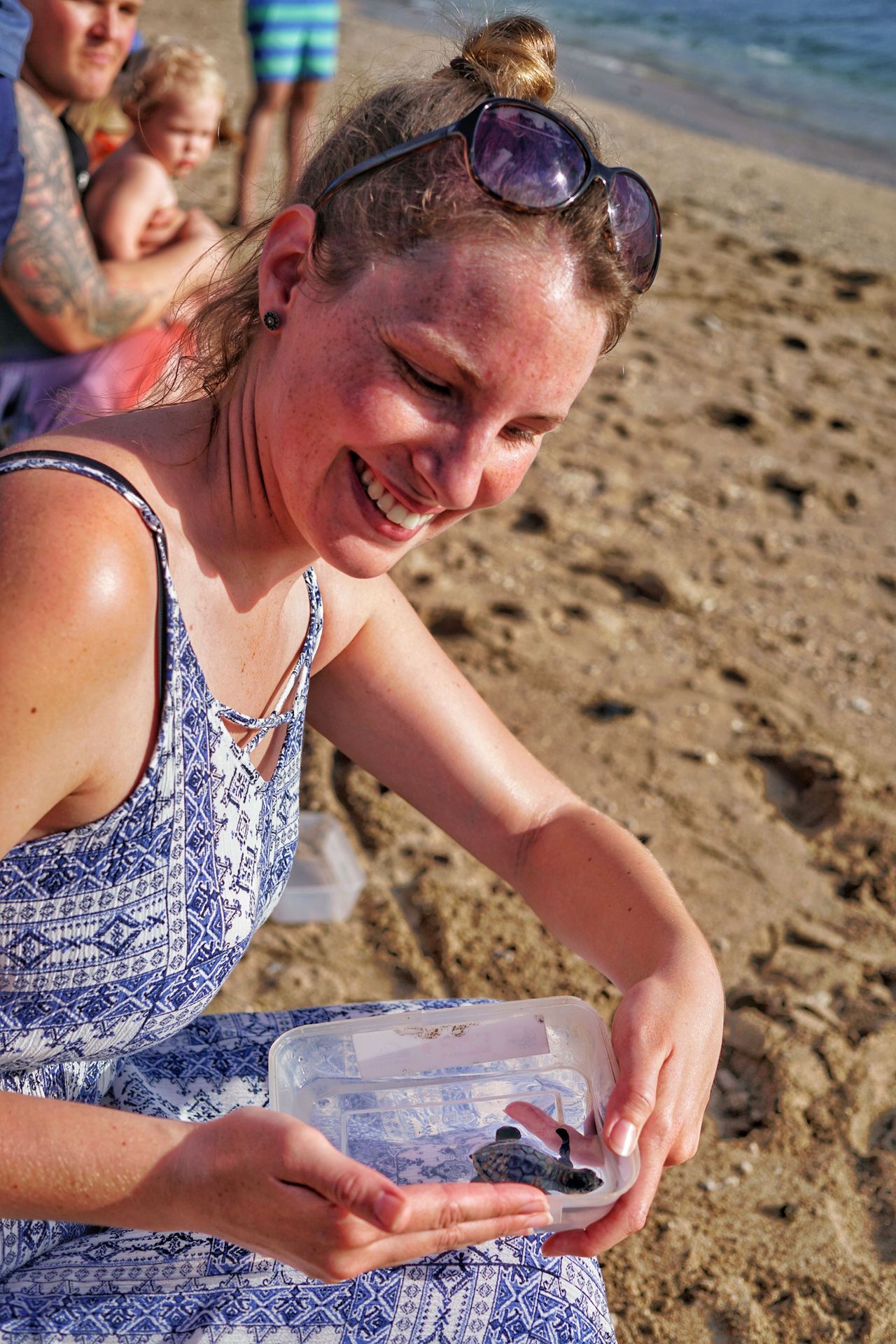

In the south, near Uluwatu, we tried our luck again and explored the beaches. Here, the beaches are clean, but also very popular and therefore overcrowded with people and surrounded by houses. There are cafes and hotels with a sea view and extremely strong currents that make it almost impossible to cool off in the water. However, this delights the surfers who dive into the waves in droves. Although we were alone on the beach in the morning, an idyllic atmosphere just didn't seem to come up. In short: it didn't quite blow us away yet.


We found more beautiful, even paradise-like beaches on Nusa Penida. This is a small island directly southeast of Bali and can be reached by a short boat trip. Here, we went on two adventurous day trips to high cliffs, with crystal-clear turquoise water and dazzling white beaches at their feet. We were almost alone on the beaches because the accesses were often extremely steep and poorly prepared. But once we had made it down, we were rewarded with perfect island idyll, huge waves, and otherwise silence.




Something very special on Nusa Penida, however, were the people we met there. First and foremost, we mean our host, who did everything to ensure we had a nice stay. Nusa Penida is still relatively new to tourism and has incredibly bad road conditions and no public transport. Therefore, we had to hire a driver for every activity or ride on a scooter together with our host, which she gladly did for us. Quite adventurous, but the people here know what they are doing. Normally, we always rode scooters ourselves, but with 1-meter-deep potholes and gravel roads, we preferred to leave it to more experienced riders. On the first evening, we also met the owner of a small "warung" (that's what restaurants are called here), who spoke exceptionally good English and immediately won us over. With her and her husband, we went on a day tour to beaches, cliffs, and temples, and learned a lot about the local culture. For example, that the majority of Balinese people believe in magic and that Nusa Penida, in the eyes of its inhabitants, has healing powers and is a kind of magical place. We could understand the magic very well, because both the nature and the people here enchanted us.
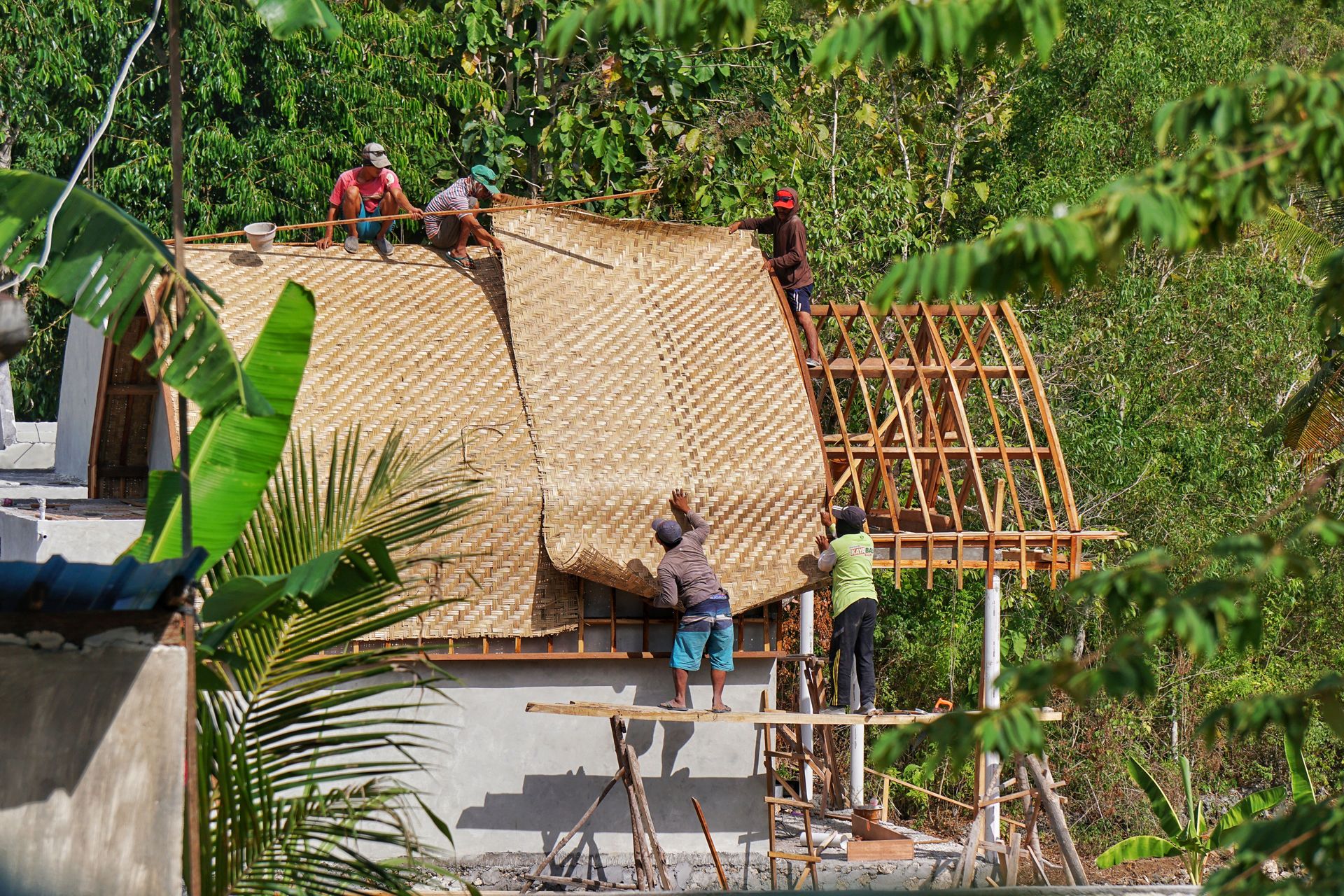
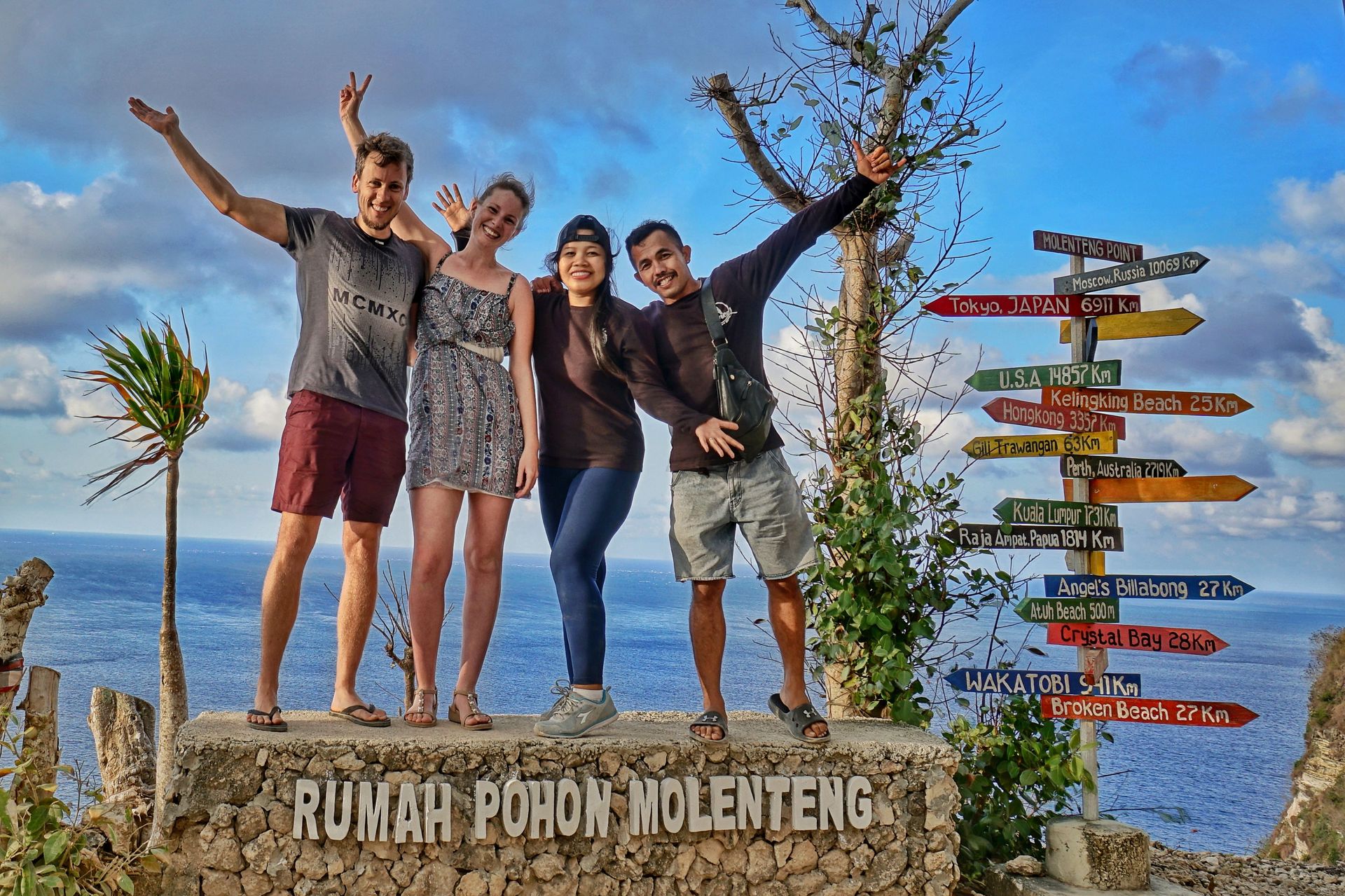
The next thing for which Bali is famous is the Hindu temples. Bali is the only predominantly Hindu island in Indonesia and therefore, Hindus here have a great interest in displaying and living their religion intensively. Nevertheless, the religion does not appear intrusive at all, because Hinduism, at least as we experienced it in Bali, is very peaceful and calm. Many families have their own small temples at home, which are very decorative and where they perform their rituals in private. A more public ritual, for example, is offering sacrifices for the peace of the deceased, which are placed in front of doors or temples in complete tranquility every day. These offerings are usually a mixture of flowers, incense sticks, and small snacks in a woven basket, which are mostly presented by the well-dressed women of the household. We found these rituals very endearing and enjoyed witnessing them, especially because they seemed so contemplative.
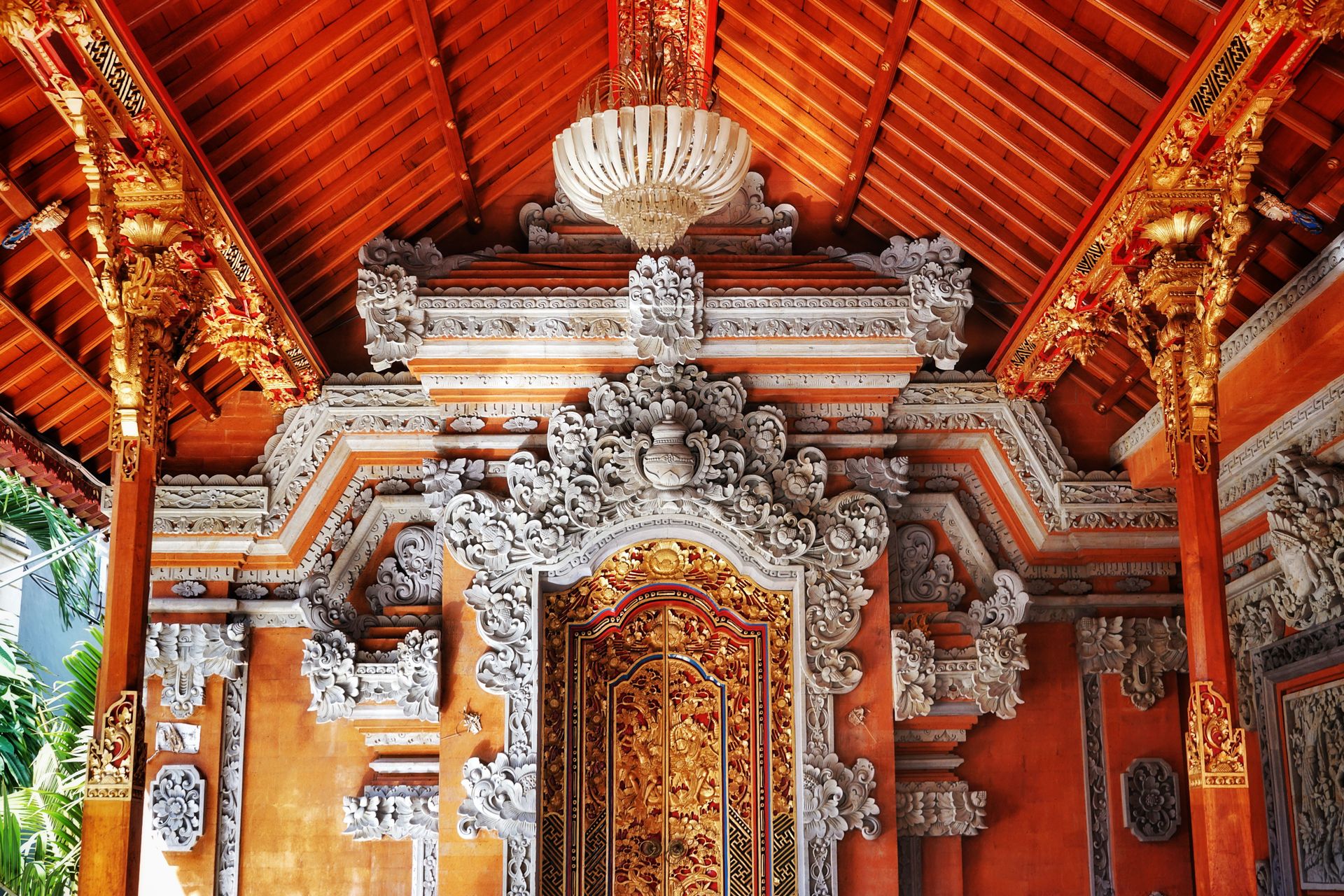
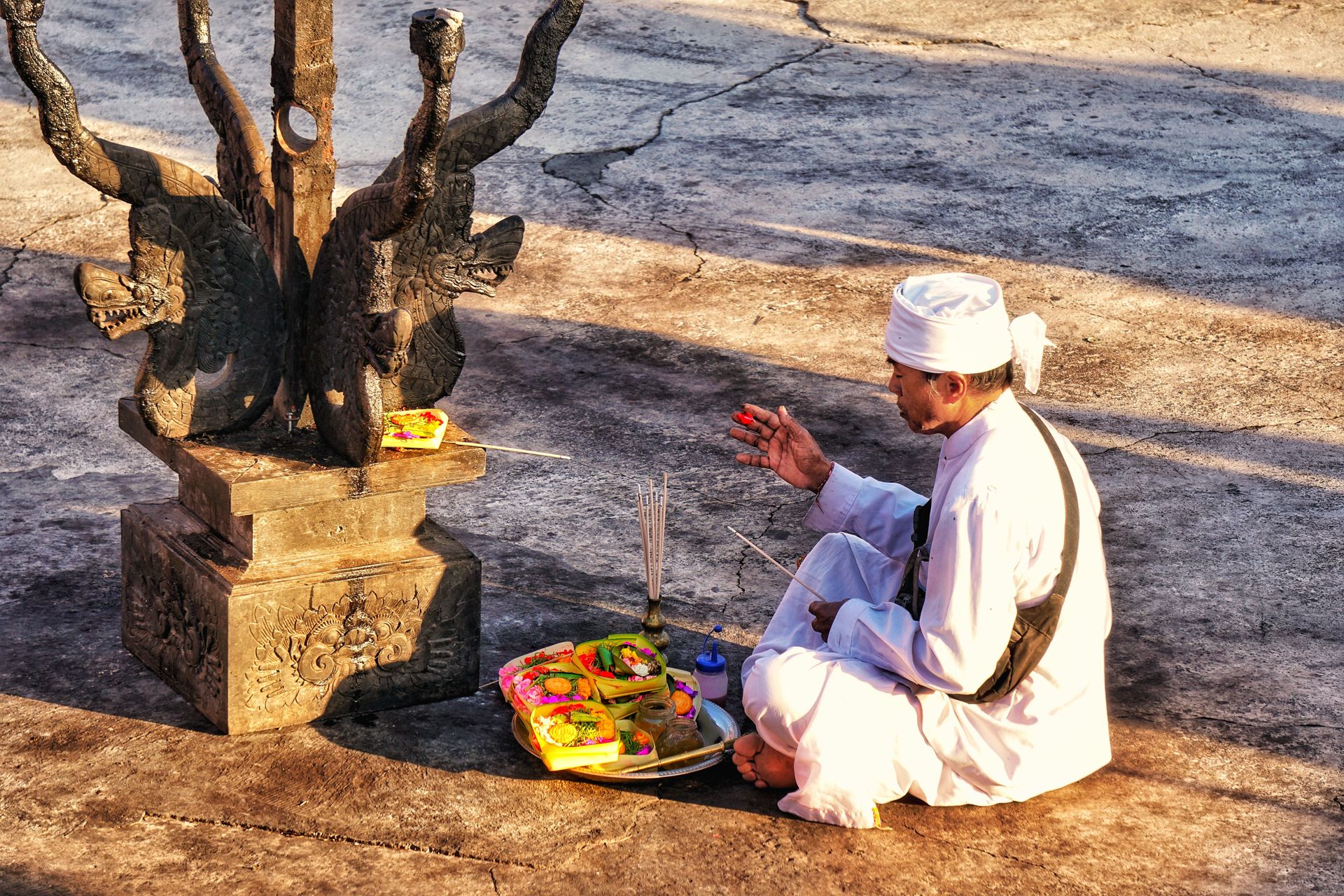
We unfortunately did not experience big public temple complexes during traditional rituals, but they were still worth a visit. In general, it can be said that Hindu temples are not particularly magnificent at first glance, as they mostly consist of black-gray stone and many gates and sculptures. However, they are preferably built near water and decorated with flowers because it is assumed that the gods prefer to stay in such an environment. There are also no "interior spaces" since everything is built according to an open concept in order to be able to communicate with the gods (which is usually not a problem with the warm, sunny weather here). However, when you explore different temple complexes, you will find a special feature or peculiarity in each one that sets them apart from the others and makes them interesting in their own way. For example, we visited one of the most important temples, the Uluwatu Temple, which was built along a huge cliff and is enchanting, especially at sunset.
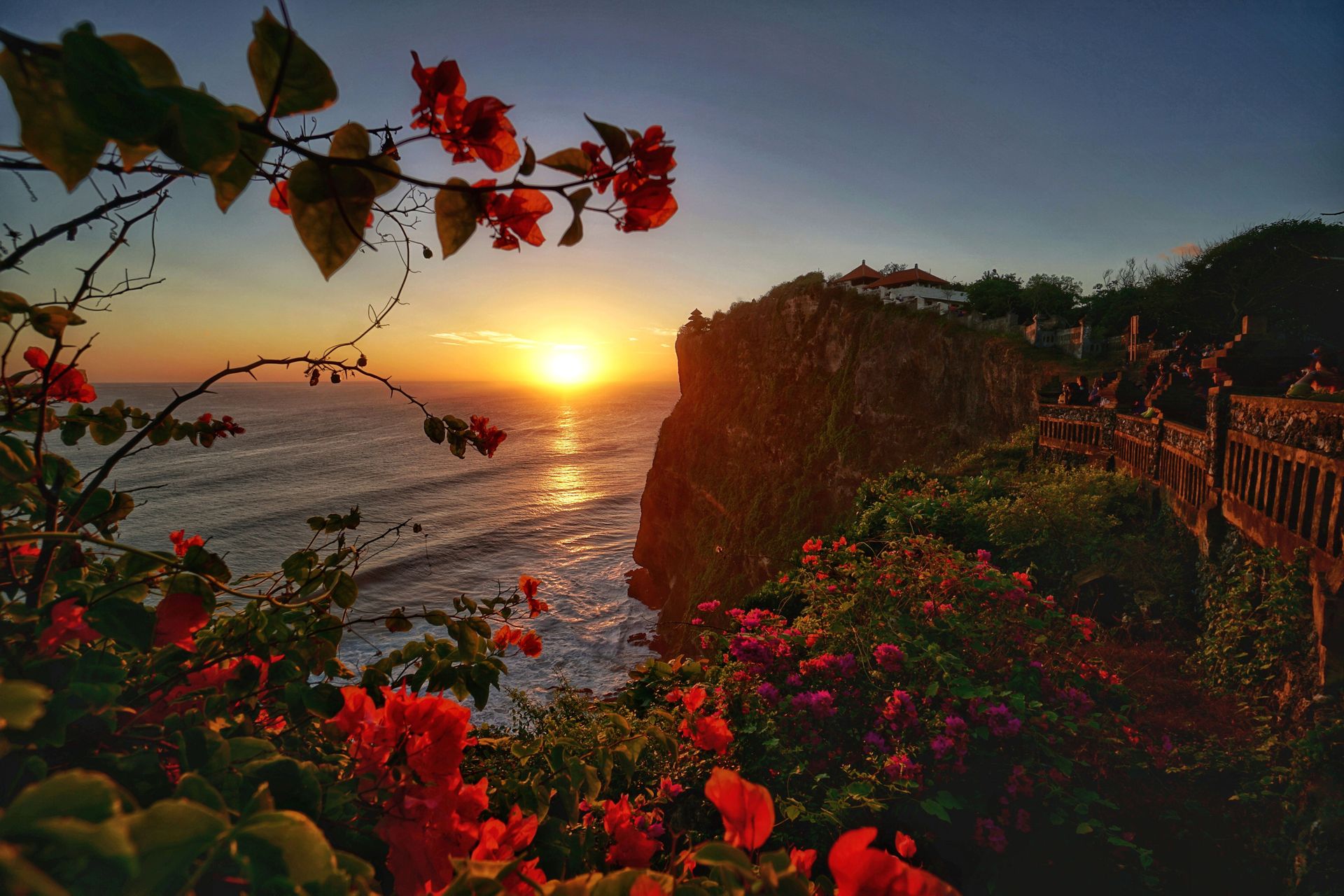
We also visited a temple in a limestone cave, where it was probably 45 degrees Celsius and 100% humidity and bells could be heard throughout the vaults.
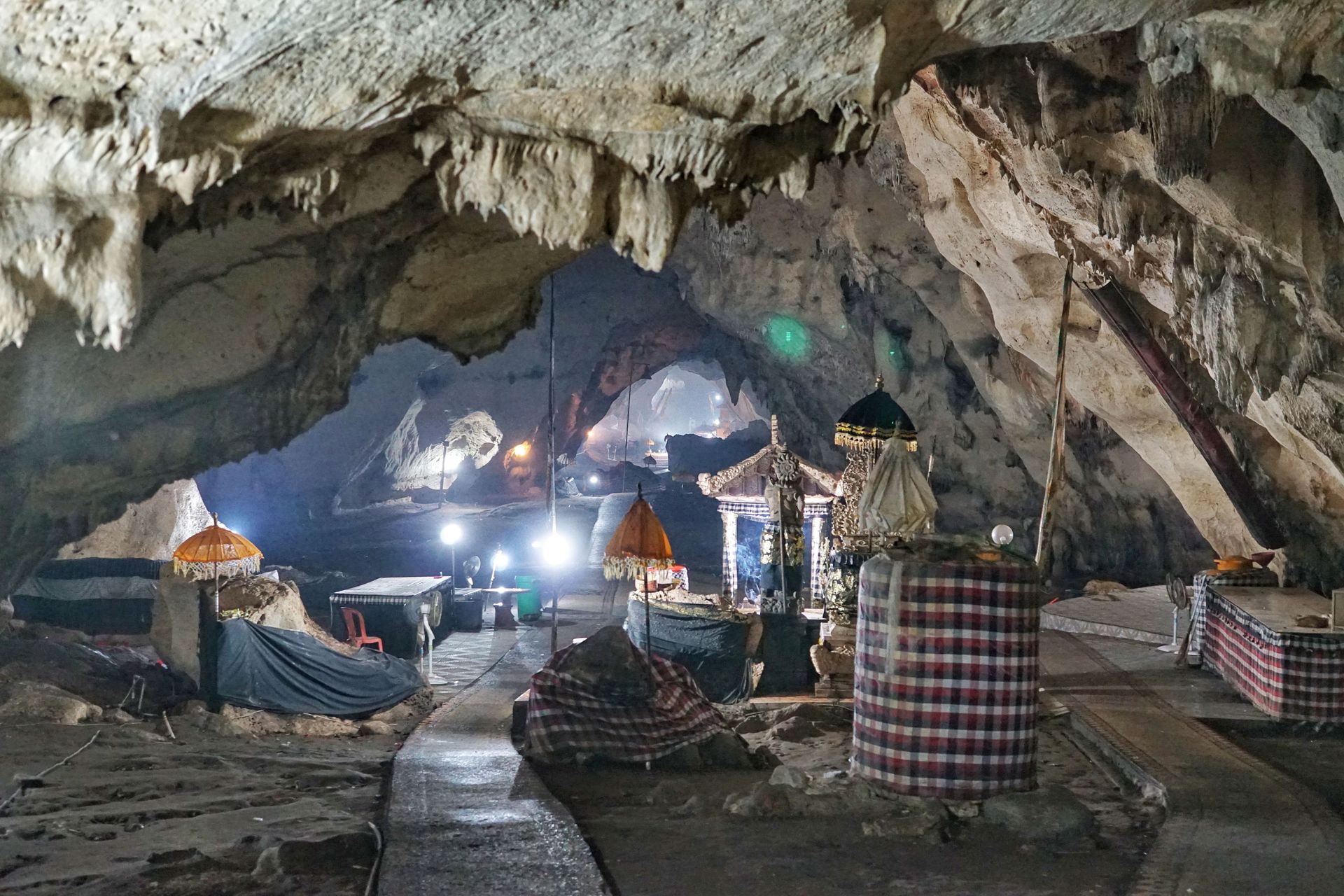

Another unforgettable temple for us was the Pura Gunung Kawi, which was built in a gorge and most of its shrines were carved into the rock walls.

In some temples, we had the opportunity to experience traditional dance theater, such as the Kecak dance, where the accompanying music is acapella and performed by about 50 men for over 2 hours. Of course, we could go on forever, because we saw plenty of temples, but pictures probably speak for themselves.
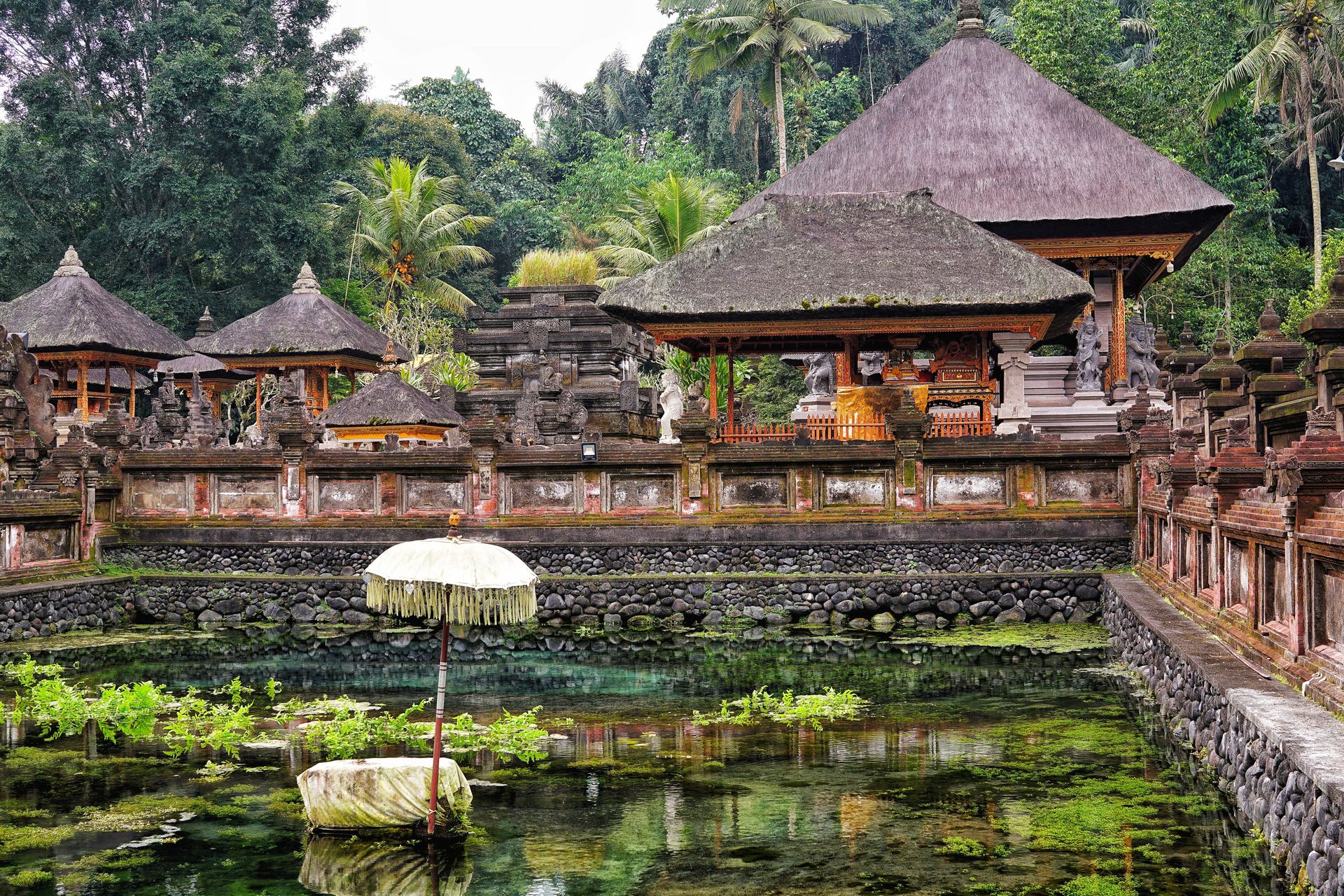

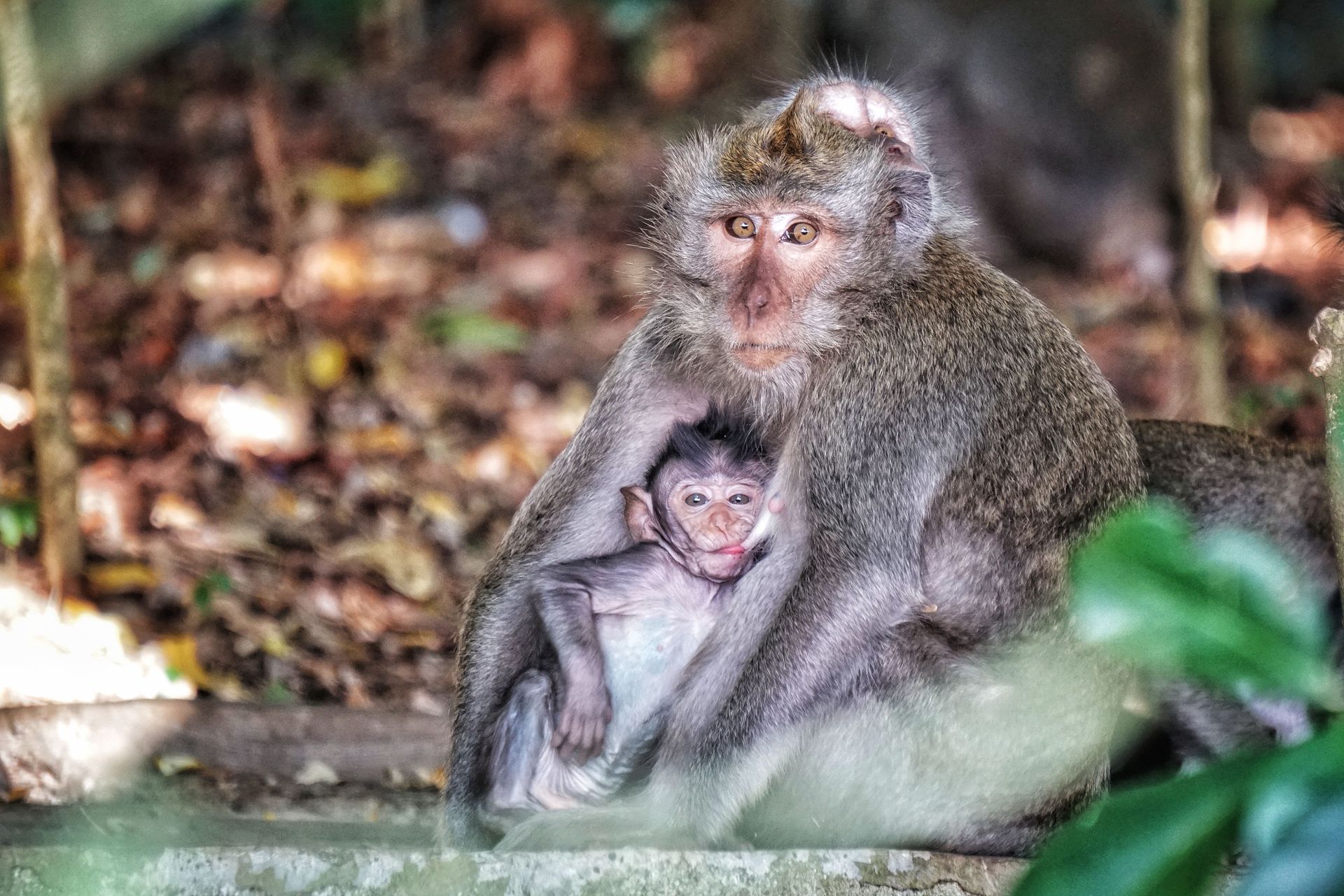

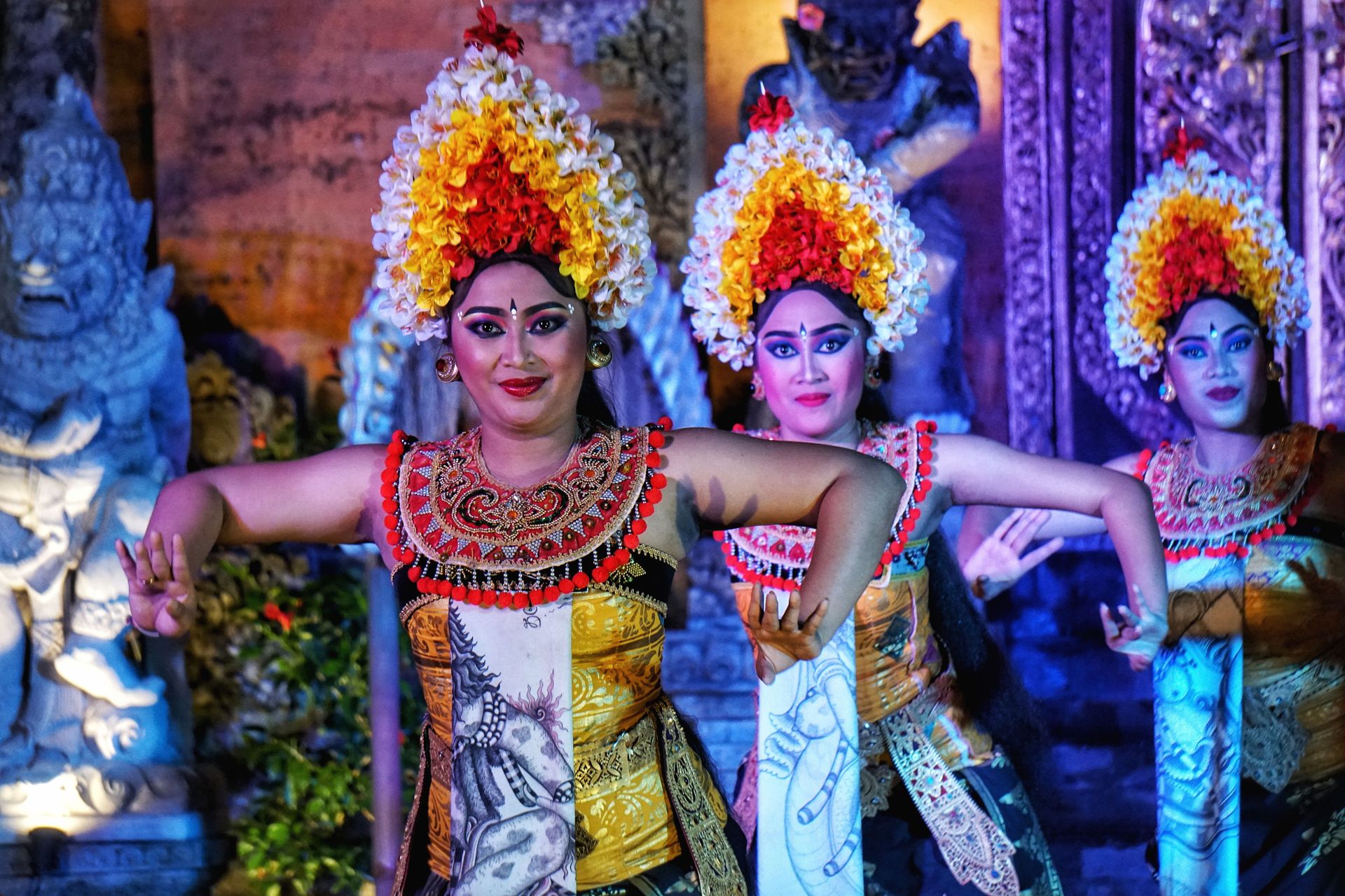
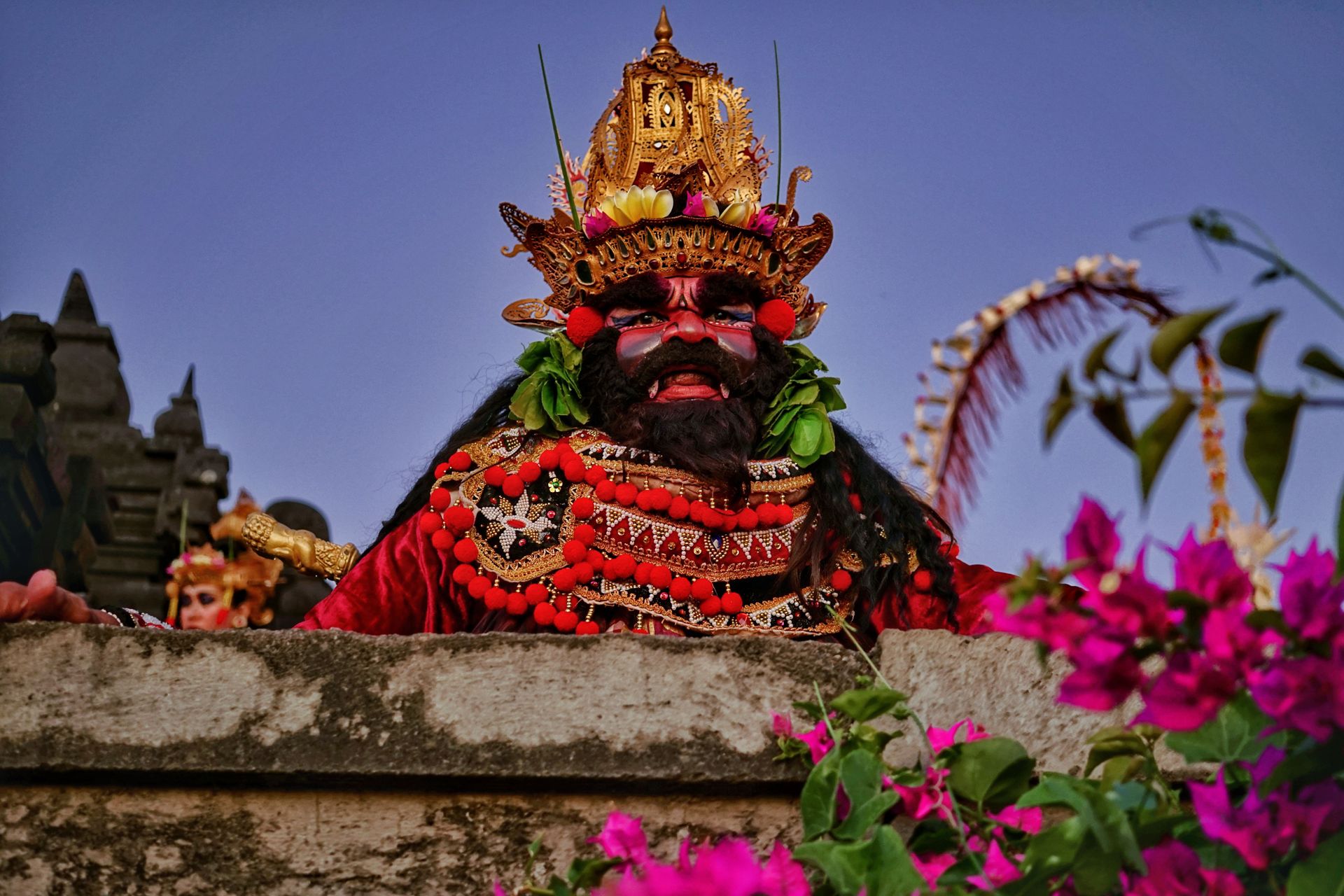
In order to better understand the culture, we attended a cooking class with a very traditional family in Ubud. Balinese food is famous worldwide for good reason, because apart from the fact that it is always freshly cooked, it tastes simply fantastic. There is always something for vegetarians, as many Hindus abstain from meat. The cuisine primarily uses rice, soy products, peanuts, vegetables, garlic, chili, ginger, and lime (we had to suffer quite a bit from the garlic and chili, but we like to try everything). Our favorite dish is "Gado Gado," freshly cooked vegetables with peanut sauce and rice. But at the cooking class, we not only learned how to cook 7 traditional dishes together with some others, but also learned a lot about life as a Hindu in Bali. Traditionally, a family lives in a compound of buildings. Each building has its own purpose, for example, a house as a kitchen, a house as a bedroom, a house as a temple, a house as a reception room for guests, because hospitality is a top priority, etc. Since there is no retirement provision, at least one son stays at home with his parents for life and lives there with his own wife and children to take care of the parents and the household. If a family has more than one son and they all want to stay at home, things can get pretty crowded. It becomes difficult when a couple has no son or even no children. In this case, they adopt a son, usually their nephew or another close relative, and live with him. In the event of a divorce, the children always stay with the father, as it is assumed that only he, in traditional circumstances, lives with his parents and can thus provide a traditional upbringing. We learned all this and much more about traditions in Bali and at the end, we all agreed that we are glad not to live like that. However, we are happy to take the food and recipes home with us!
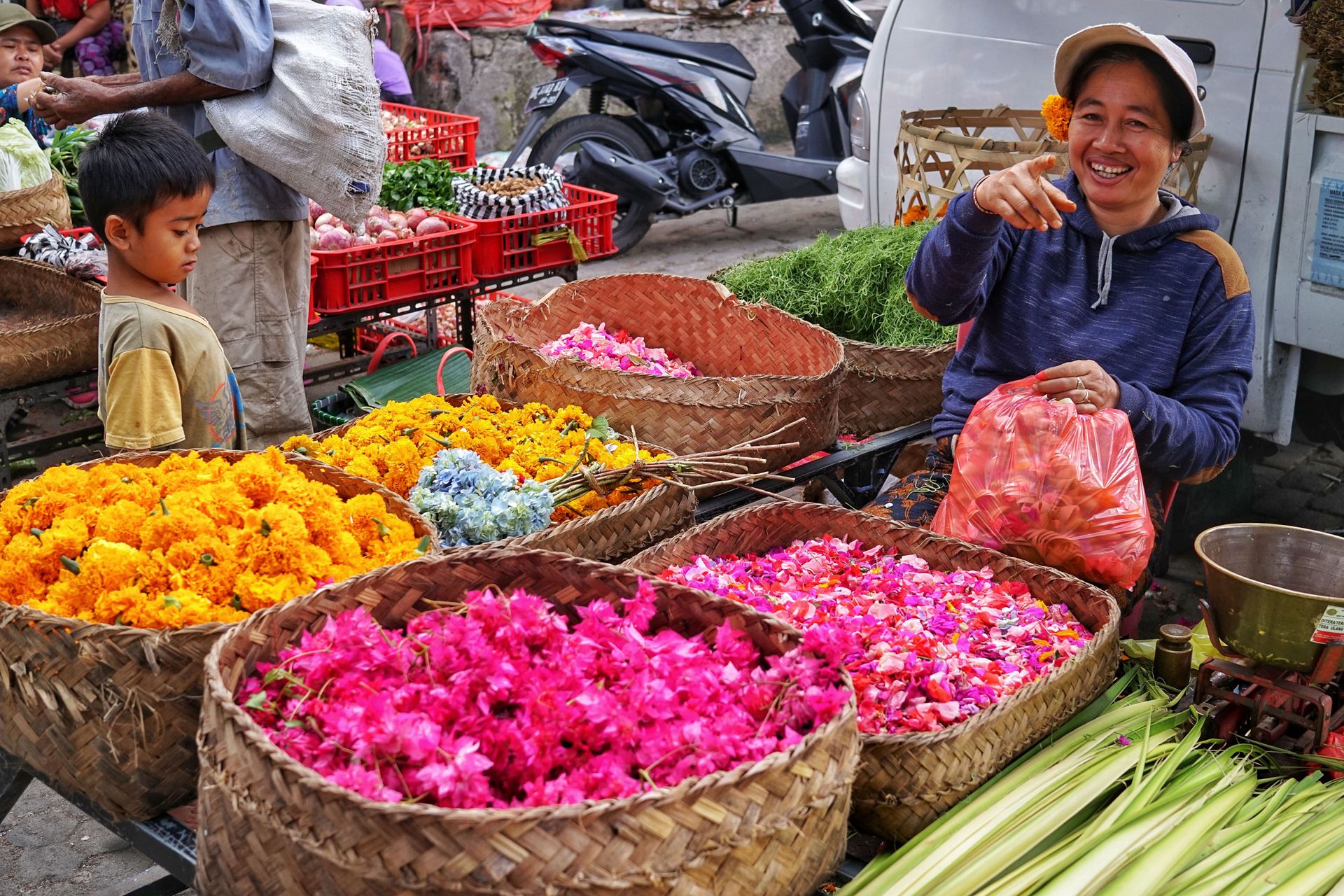
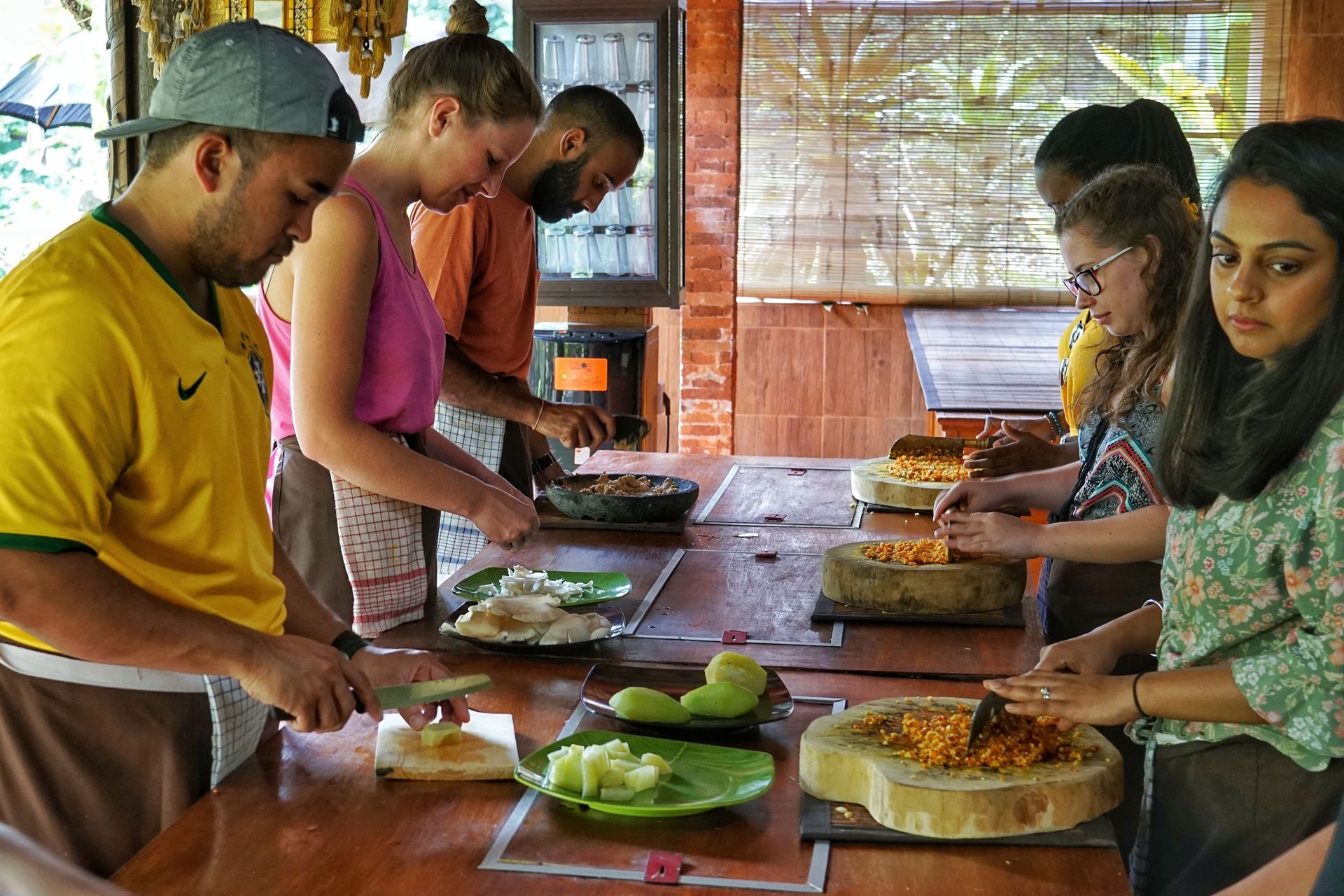
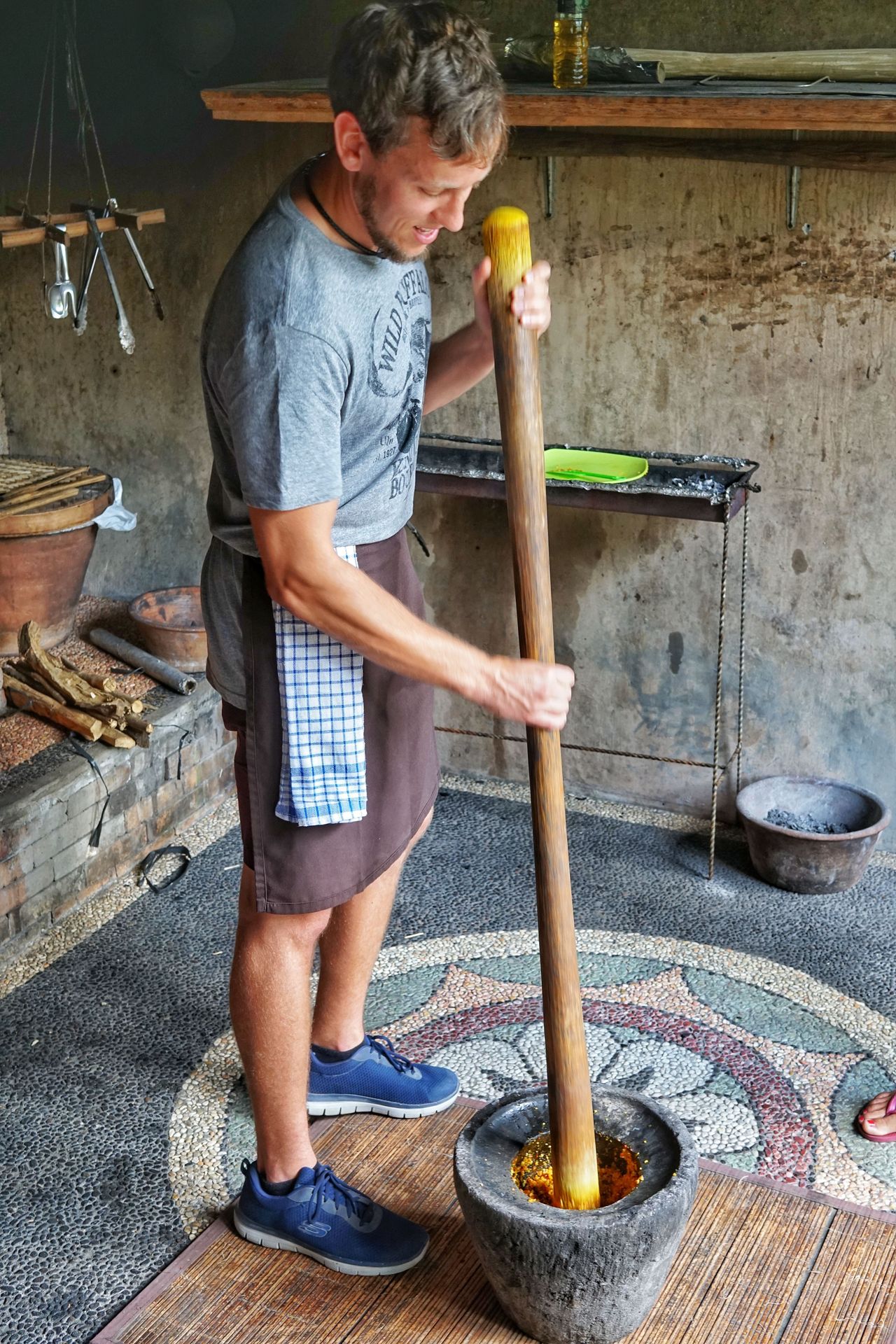
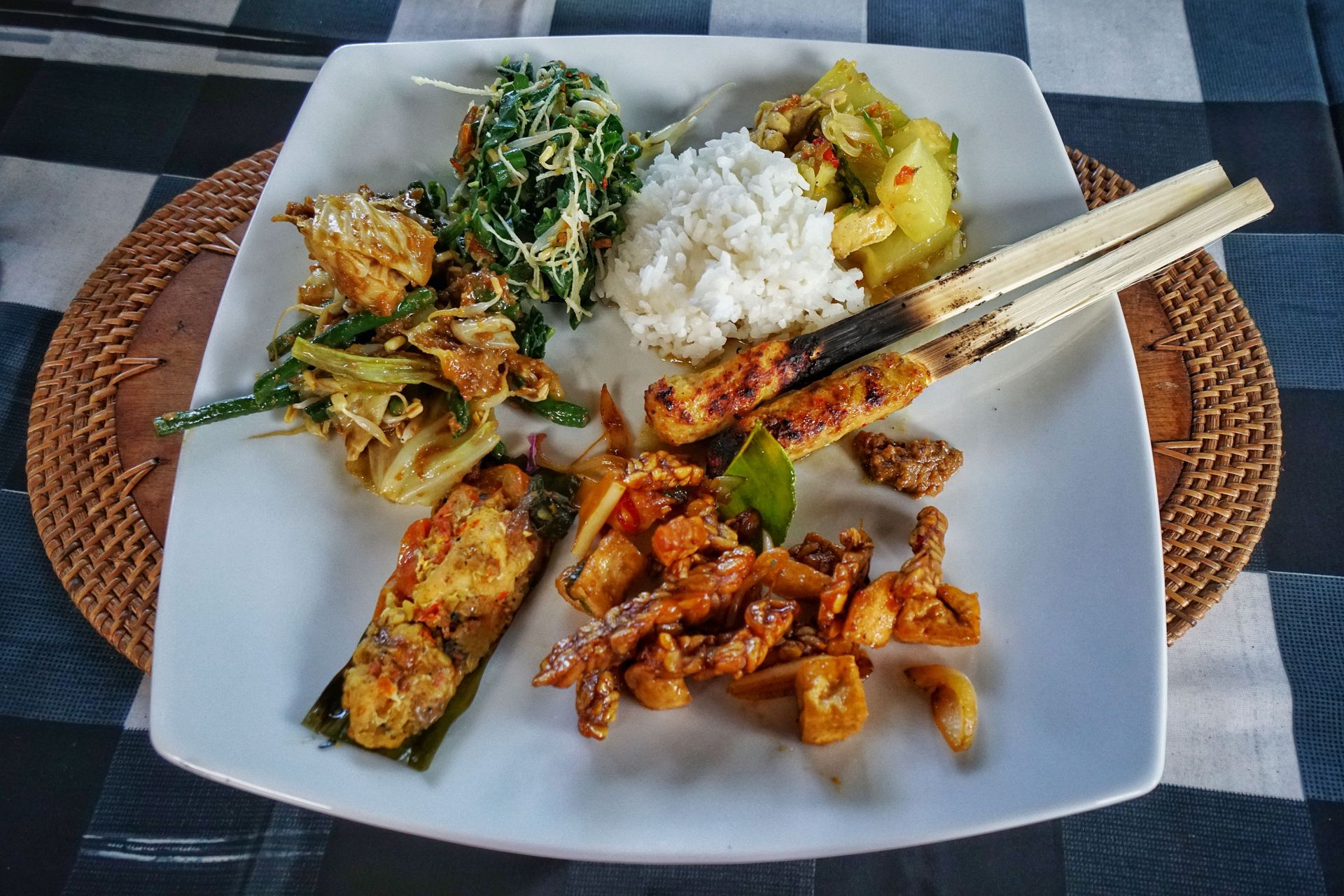
Since we had already learned a lot about food and tried even more (not everything agrees with a European stomach, especially not so many spicy chilies), we wanted to see rice terraces, because as mentioned before, rice is an absolute staple food here. We were quite surprised at how little we actually knew about rice cultivation, because who really thinks about where those white grains in plastic bags actually come from. Rice is traditionally grown on terraces on slopes. The reason for this is that rice grows in about 30 centimeters of water and the water is led from one basin to the next through the terraces. At the beginning, a rice field is flooded. Then, small rice seedlings are planted and constantly irrigated. When the rice is ready for harvest, the water is drained to facilitate the harvest and prepare the field for the next plants. After each harvest, the rice stalks are cut, burned on the field (which can be smelled miles away), and turned over as natural fertilizer. White rice can be harvested and replanted three times a year, and each harvest yields 1.5 kilograms of rice per square meter of rice field. Most large-scale farmers do not have money for motorized equipment or farmhands, so almost everything is done manually by the few family members. It is an incredibly laborious and back-breaking job.
For us, the rice terraces of Jatiluwih were particularly impressive, as it is a huge area with traditional cultivation and an ancient irrigation system, and it is no wonder that it is a UNESCO World Heritage site. Additionally, it was harvest time, which may not have made the fields look as picturesque, but much more interesting, as some workers were present.
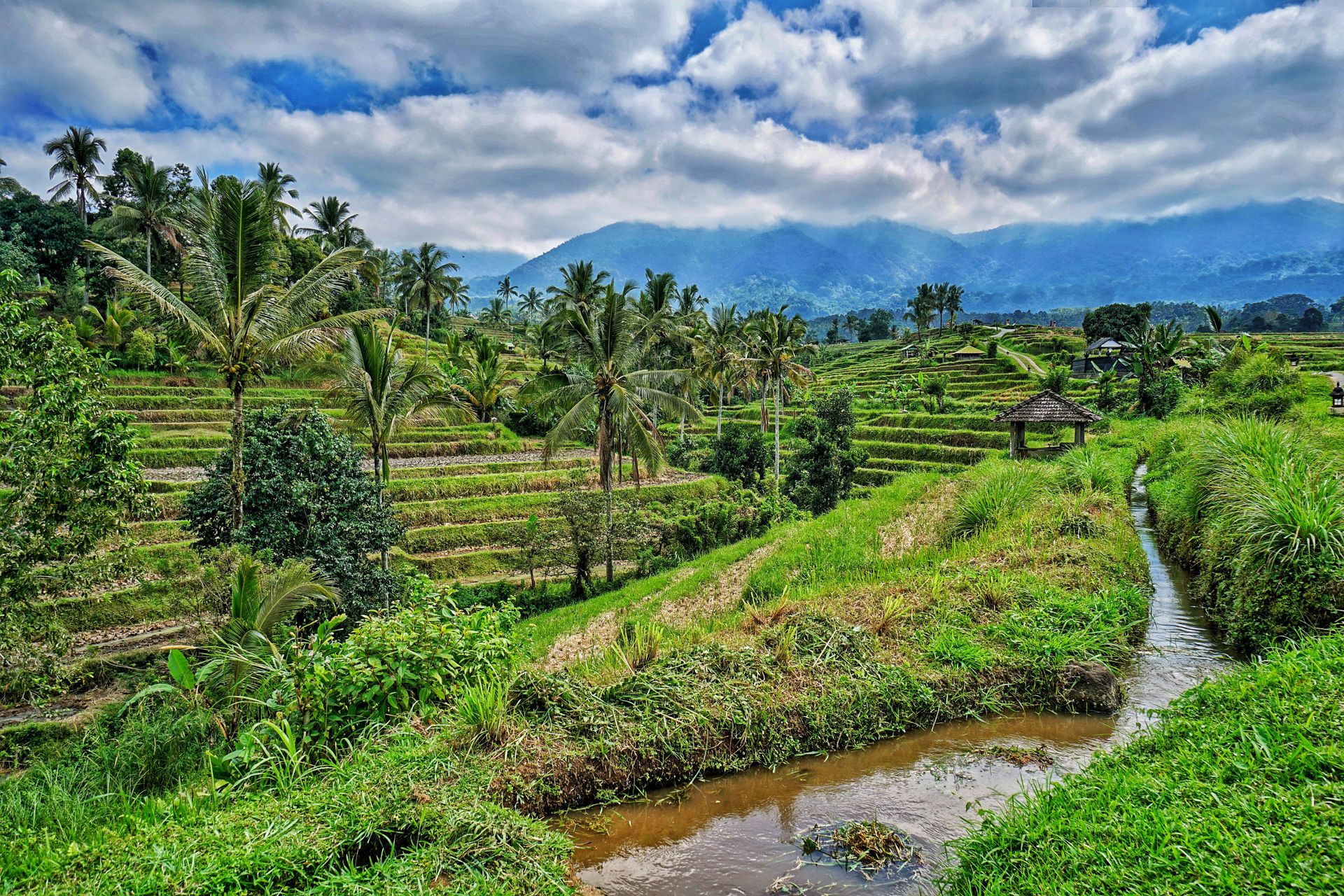
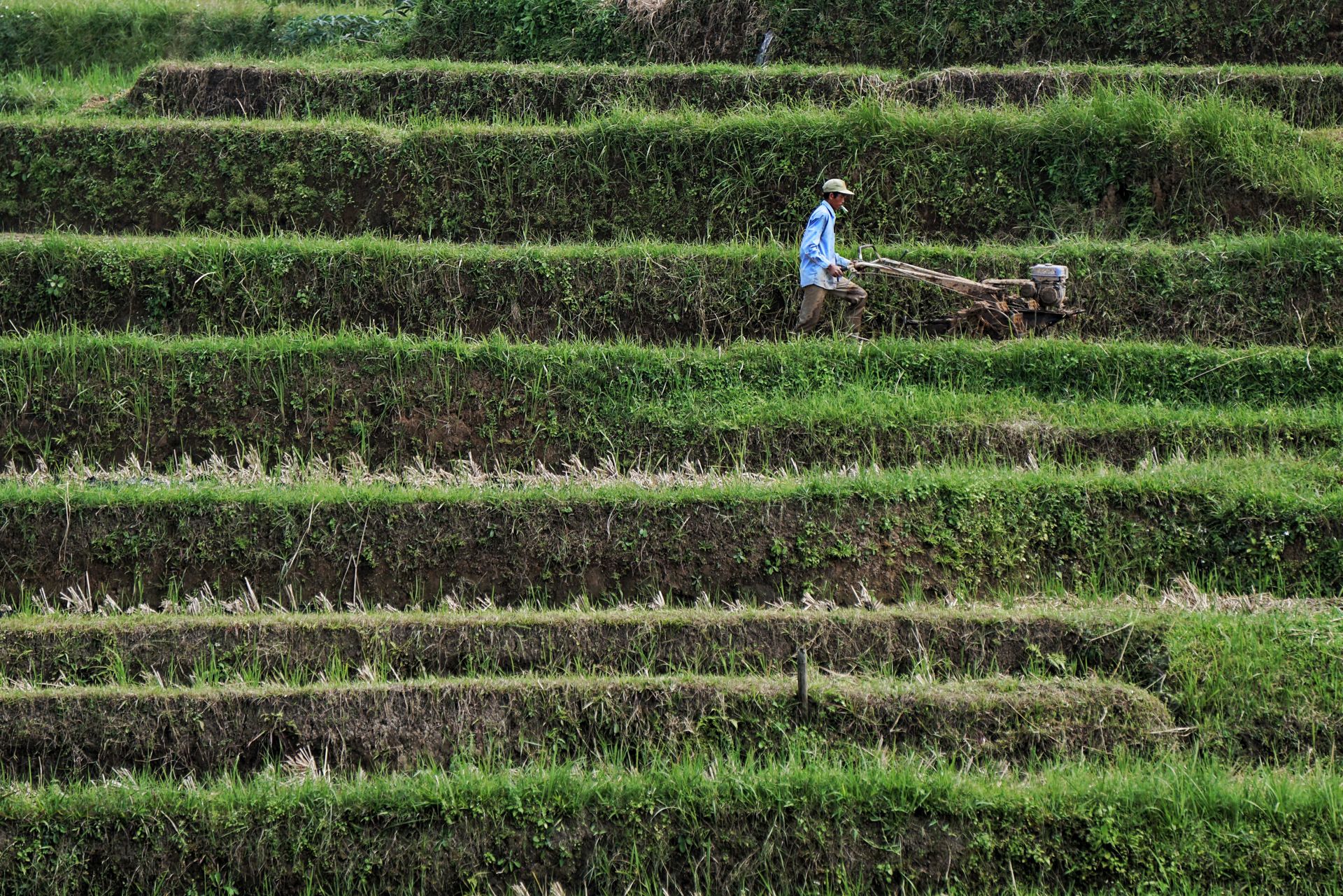

But the best thing about rice terraces is the silence! Since there are hardly any roads in the slopes and most fields are very extensive, you are often alone and undisturbed, which is really rare in Bali. Above all, not hearing the engine noise from too old and too loud scooters was a relief. It also doesn't smell like exhaust fumes, and for a change, you can take a deep breath. Therefore, we decided to spend 2 beautiful and relaxing nights in a homestay amidst huge rice terraces. Here, we saw fireflies flying through the fields in the evening, elderly women picking rice calmly in the morning, and were awakened by one of the most beautiful sunrises ever. We could not have ended our stay in Bali better.


In terms of relaxation and culture, Bali rates excellently, but the best thing about Bali is its people!
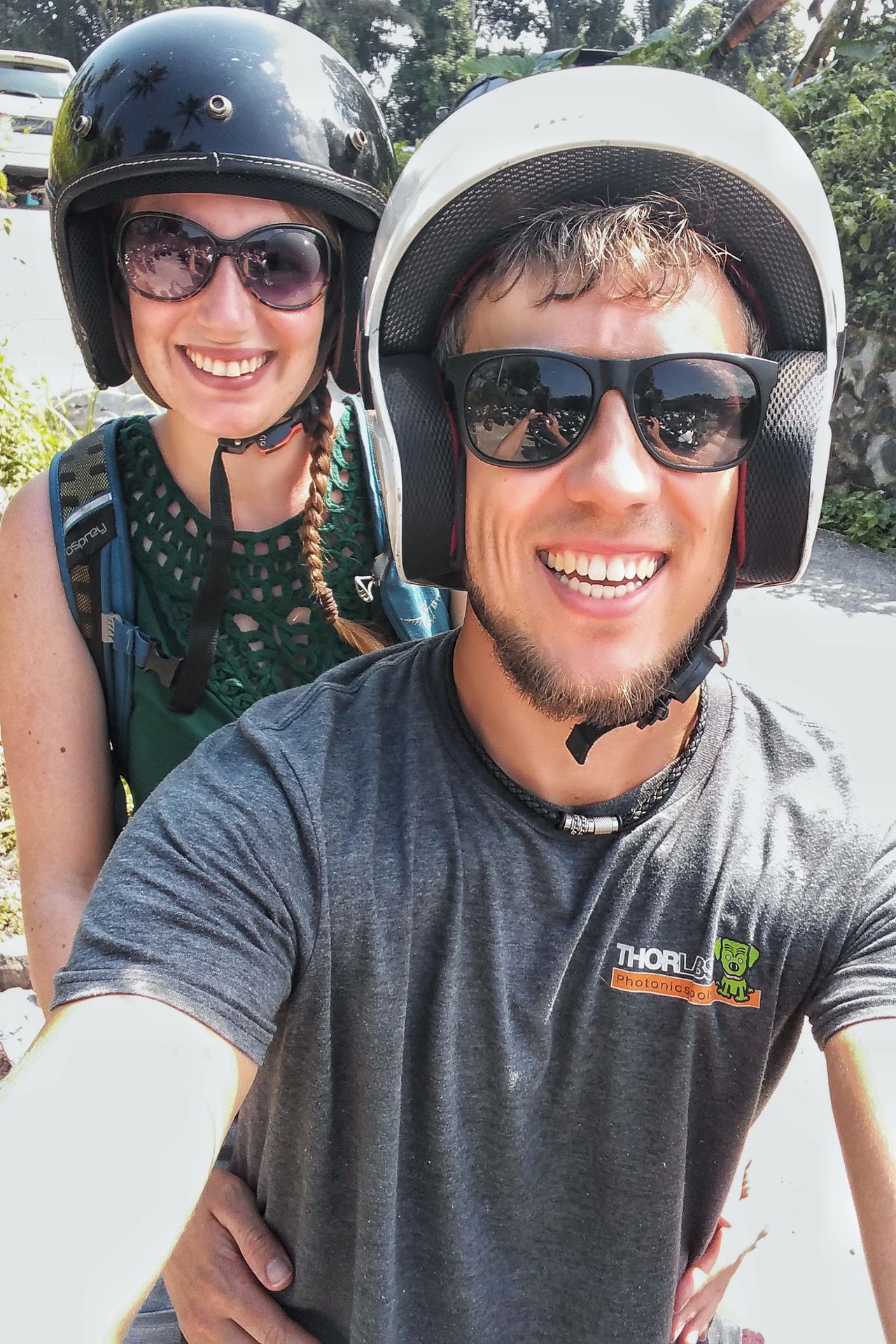
Song of Bali: A Summer Song - Conner Youngblood
Iscriviti alla Newsletter
Risposta
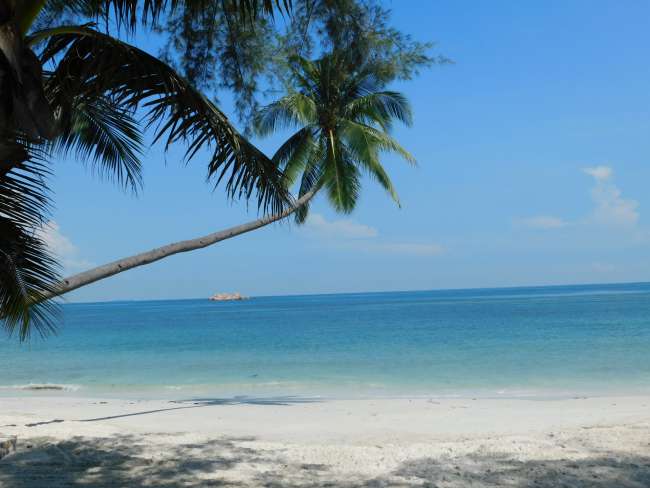
Rapporti di viaggio Indonesia
